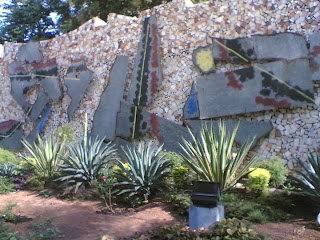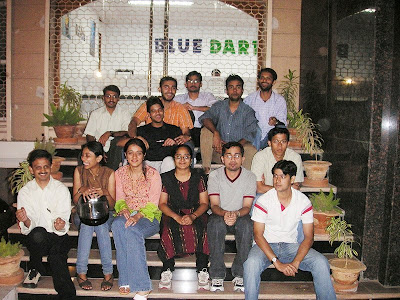Dr.Ch.Mohan Rao's research interests include protein folding in health and disease, molecular basis for lens transparency and cataract.
Born in Huzurabad, Andhra Pradesh, Mohan Rao has obtained his B.Sc. degree from the Arts and Science College (Osmania University), Warangal and M.Sc.(Physical Chemistry) form Kakatiya University, Warangal. Then he moved to the University of Hyderabad for a Ph.D. programme in chemistry. During the Ph.D. programme, he worked on photoacoustic spectroscopy of chemical and biological systems. This work also involved modification and improvement of the system, data acquisition and processing software.
Later he joined CCMB and initiated intact lens spectroscopic investigation. During 1990-92, he visited National Eye Institute of the National Institutes of Health, Bethesda, USA and carried out investigations on stability of crystallins and the role of nucleotides in the damage to eye lens due to exposure to ultraviolet light. On his return he initiated work on protein folding in health and disease, particularly molecular chaperone like property of alpha-crystallin and its relation to cataract, neurodegenerative diseases and cardiomyopathy. He is also investigating other heat-shock proteins such as hsp22 and hsp33.
He was a visiting Professor at the Tokyo Science University, Japan during 1996, Visiting Scientist (Raman Fellow) at the University of Texas Medical Branch, Galveston, USA during 2000, Visiting Professor at the Institute for Protein Research, Osaka, Japan during 2002. He is a Fellow of Indian National Science Academy, National Academy of Sciences, Indian Academy of Science and Andhra Pradesh Akademi of Sciences. He was awarded the Shanthi Swarup Bhatnagar Prize in 1999.
Ch.Mohan Rao's Group members
Name Designation Extn. No. E-mail
Ch. Mohan Rao Scientist 2543 mohan@ccmb.res.in
K Sridhar Rao Scientist 2558 sreedhar@ccmb.res.in
V Srinivas Technical Office 2556 volety@ccmb.res.in
B. Raman Technical Officer 2558 raman@ccmb.res.in
P Hanumanthu Group I 2555
V Anuradha Technician 2529
Md. Faiz Ahmad Senior Research Fellow 2555
Abhay Kumar Thakur Senior Research Fellow 2555 abhay@ccmb.res.in
Bhairab Nath Singh senior Research Fellow 2559 bnsigh@ccmb.res.in
Aftab Taiyab senior Research Fellow 2557 ataiyab@ccmb.res.in
Abhishek Asthana senior Research Fellow 2555
S Prabhu Junior Research Fellow 2560 prabhus@ccmb.res.in
Saad Mohammad Ahsan Junior Research Fellow 2557 saadmahsan@ccmb.res.in
Abdullah Sultan Junior Research Fellow 2555 abdullah@ccmb.res.in
V Jagadish Project Asstt. 2778
R Shalini Project Asstt. 2778
P Suhardra Project Asstt. 2778


























